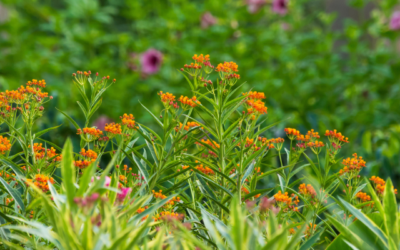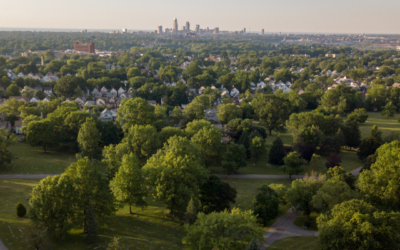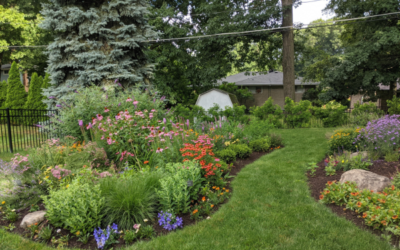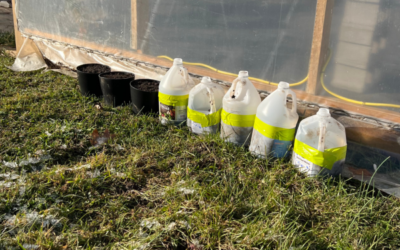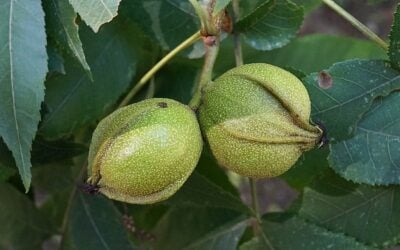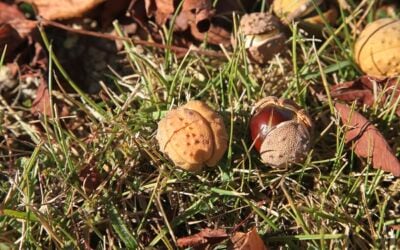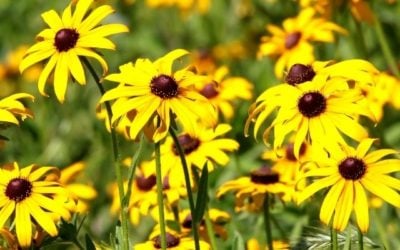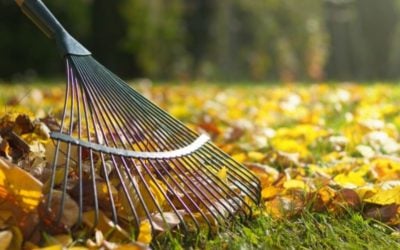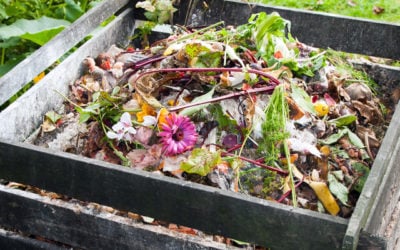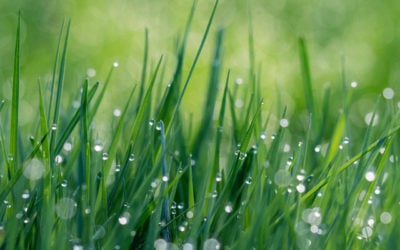Conduct a Lawn Assessment

A Green Yard
Yards are at the forefront of local environmental stewardship. Because residential land use is the most dominant land use in urban communities, we have the power to create a healthy landscape with high functioning ecosystems.
Our design and plant choices can filter pollutants, supply food to pollinators (and us!), slow floodwaters, save energy…all while allowing us to have fun and creating spare change in our pocketbooks.
Like soil and water, human health can always be managed better. About 80 million U.S. households dump nearly 90 million pounds of herbicides and pesticides on lawns per year.
At times, pesticides are used as a last resort to save crops or homes, but is their use for purely cosmetic pursuits worth the health of children, pets, and our environment?
Everyone loves extending their living room outside in the summer. When you gauge how much lawn you actually need, there are ways to have a healthy lawn without toxic treatments.
Lawn Assessment
STARTING POINT
Before any landscape program begins, assess the current conditions of your home landscape. This assessment will help you to identify and prioritize future projects and allow you to appreciate all the positive changes you’ve made. The site analysis is a combination of sketches, plans, and notes. In sketching your yard, you may find that you don’t need as much lawn as you currently have. The newfound space could become a garden or just a section of ground cover which adds texture and color while eliminating the need for mowing.
LIGHT
Begin by making a sketch of your yard. Identify areas that receive full sunlight or are in full shade. Marking out these areas will help you select site-appropriate plants, as well as identify any areas that might have moist ground.
WATER
Where does your water come from? Identify areas that collect rain water. Mark areas that receive water from gutters and roof tops. Look for areas where soil might stay moist.
Use this type of information to choose plant species. Native plants that usually grow in a shady swamp will not do well if planted in a hot, dry, sunny garden bed. Furthermore, knowing where your yard is consistently wet will help you eliminate excess water usage. Places with extra water can be transformed into rain gardens that collect rain water and filter water runoff.
SPECIES
What types of wildlife do you want to support and attract? Take an inventory of the wildlife currently attracted to or residing in your yard. This can be done over the course of a month, a season or even a year. After analyzing the results, determine which plants will foster a habitat conducive to your desired wildlife or seasonal palate of vegetation. For example, berry bushes provide food for birds; red flowers attract hummingbirds; and trees and bushes provide habitat for a variety of animals.
SYNTHETIC CHEMICAL FERTILIZER & PESTICIDE USE
Track the types of chemicals and when you apply them to your yard. Pay attention to active ingredients and NPK (nitrogen, phosphorous and potassium) ratios. Overuse of synthetic chemicals will degrade soils and vegetation over time. Most soils tested in Northeast Ohio require no phosphorous in order to amend the soil. In addition, phosphorous is a serious contributor to dead zones in Lake Erie. We recommend no pesticides and the use of only organic fertilizer, as needed.
Long-term use of pesticides and fertilizers will kill the microscopic, beneficial organisms that live in soil. Organisms are critical to the long term health of soil and plant life. Once these populations are destroyed, the soil can no longer support a diversity of plants and animals without additional inputs.
COMMUNITY
Before applying synthetic fertilizers or pesticides, be aware of local codes. A growing number of communities are becoming more conscious of pesticide and fertilizer use, restricting or prohibiting their use.
More Articles for a Healthy Yard and Home
How To Fight Stream Pollution Through Effective Stormwater Management
In this guide, we’ll explore and address how pollutant loading in streams is crucial for the well-being of both watersheds and communities.
Roots of Sustainability: Understanding the Importance of Trees in Urban Living
A healthy urban tree canopy has a profound and positive impact on community quality of life in various ways. Recognizing the value of urban trees and investing in their preservation can contribute to sustainable, resilient, and vibrant urban living.
Shrink Your Lawn: A Guide to Growing More Native Plants
In this guide, we’ll explore the importance of reducing your lawn’s size and explain the many benefits it brings, both for your wallet and the environment.
Cold-Weather Cultivation: 8 Steps to Winter Sowing and Seed Stratification
It is important to determine when native seedlings are ready for harvest. Not sure how to? Check out our guide to harvesting native seedlings.
How to Know When Native Seedlings are Ready to be Harvested
It is important to determine when native seedlings are ready for harvest. Not sure how to? Check out our guide to harvesting native seedlings.
Harvesting Guide for Native Seedlings and Plants
Stearns Native Nursery is always in need of native trees and seedlings. To get your native plants to the Stearns Nursery, follow this harvesting guide.
How to Add Native Plants to Your Garden
Many of us have chosen to cultivate species and landscapes that are not naturally-occurring in our region. It’s wasteful, expensive and detrimental to wildlife who encounter reduced availability of the native species upon which they feed.
Wildlife-Friendly Fall Yard Cleanup
Before any landscape program begins, assess the current conditions of your home landscape. This assessment will help you to identify and prioritize future projects and allow you to appreciate all the positive changes you’ve made.
Composting 101
Before any landscape program begins, assess the current conditions of your home landscape. This assessment will help you to identify and prioritize future projects and allow you to appreciate all the positive changes you’ve made.
Turf Grass Care
Before any landscape program begins, assess the current conditions of your home landscape. This assessment will help you to identify and prioritize future projects and allow you to appreciate all the positive changes you’ve made.

